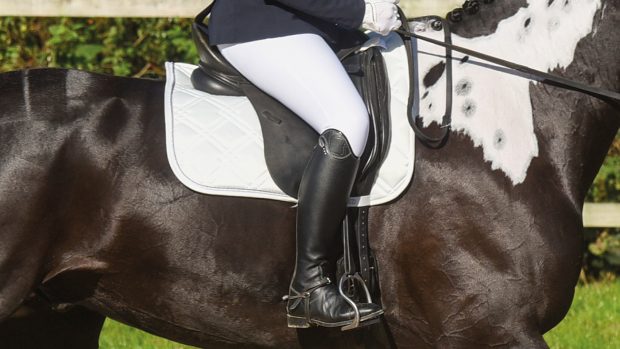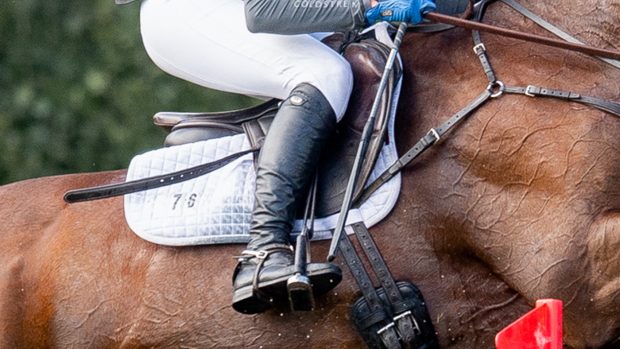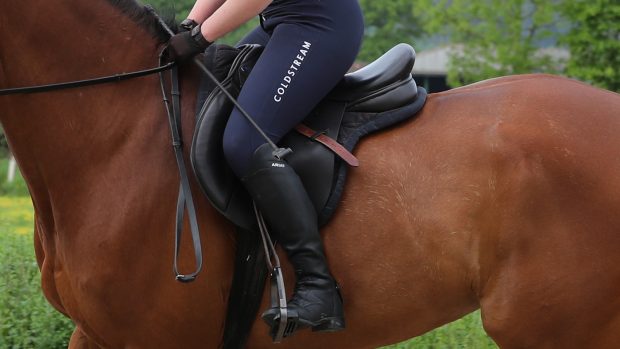Q: YEARS ago I spent ages trying to locate a truly “narrow” saddle for my high-withered horse, delving through a vast array of variants. I now find myself at the other extreme, trying to find a saddle for a “table-topped” Dartmoor.
It seems that wide saddles come in many shapes and sizes, all under the same description. Is it not time this issue was addressed and a uniform sizing guide offered for saddles? While I appreciate there is a need for different makes, as they all offer a slightly different fit, it would be nice to have some sort of benchmark.
AB, Cambridgeshire
WHILE on the face of it this may seem frustrating, H&H asked Kay Hastilow, chief lecturer on the Society of Master Saddlers’ (SMS) saddle-fitting courses to explain why so many options are available when purchasing a saddle.
“Within the British Standard for tree manufacture there are accepted measurements for each width fitting, but there is quite a difference possible within these parameters,” says Kay.
“Far from being a bad thing, this is of great help to registered qualified saddle-fitters, who will know which trees are in which saddles, and what will be most suitable for their customer’s particular horse.
“As well as the actual tree width, other factors will have been taken into consideration when suggesting a saddle, such as the shape of the head — or front arch — as well as its width, and the positioning and angle of the side rails, plus the amount of space between these at the twist [narrowest part of the seat].
“It is because of these variables that a ‘wide’ in one make of saddle is great for your horse, while the same width in another make might not be suitable, or the horse will not be happy in it,” says Kay.
“There are also many other factors, such as the way the panel is cut and filled, and positioning of girth straps, all of which can totally alter the fit of the saddle.
“Because of these subtle differences in the tree and design, it is really advisable to have your saddles professionally fitted by a SMS qualified, registered saddle-fitter, who will know and understand the variations,” she adds.
Information
Tel: 01449 711642 www.mastersaddlers.co.uk
This Q&A was first published in Horse & Hound (20 December, ’07)


